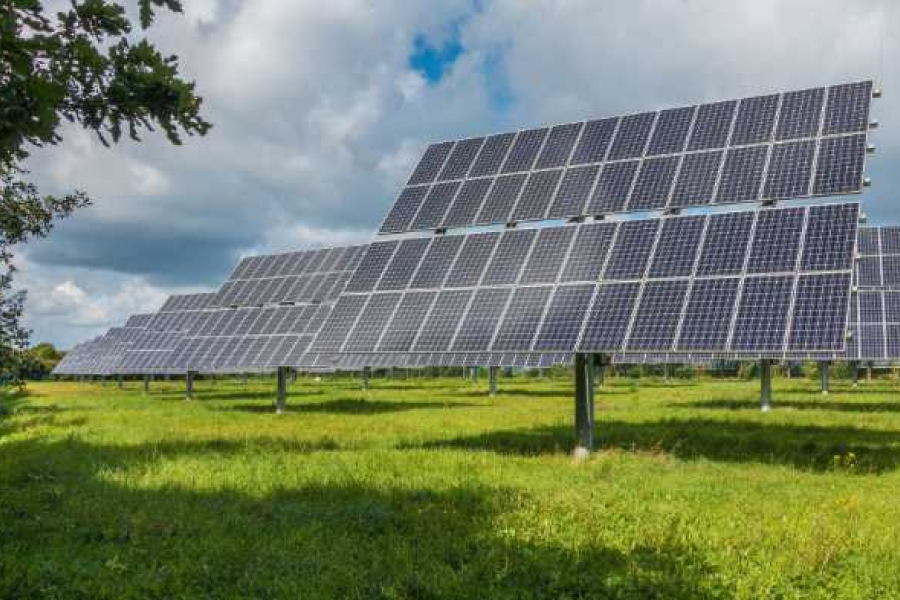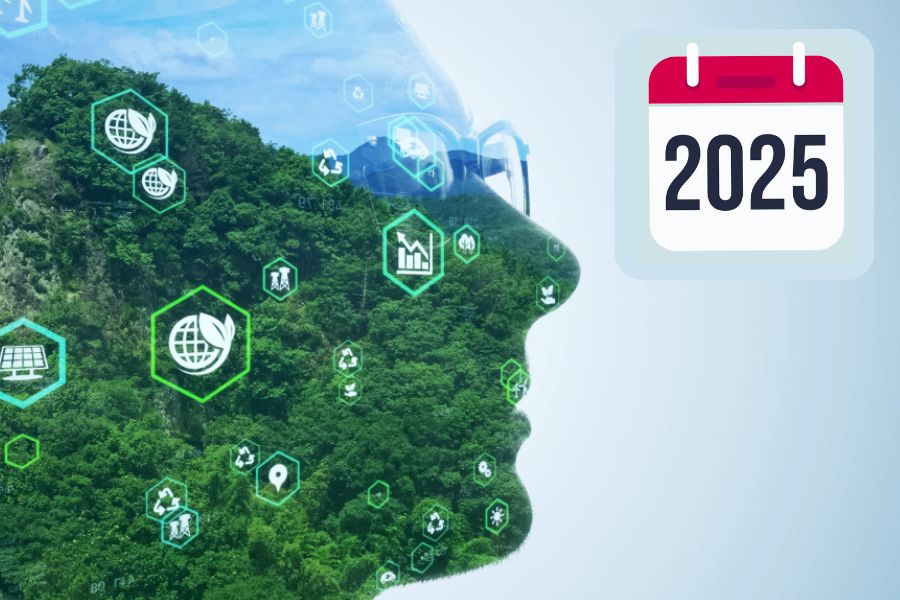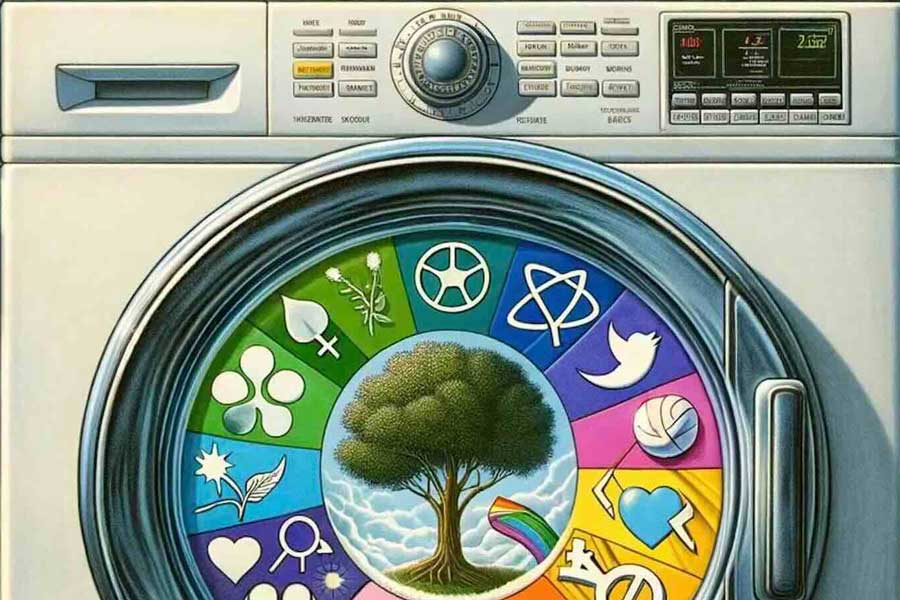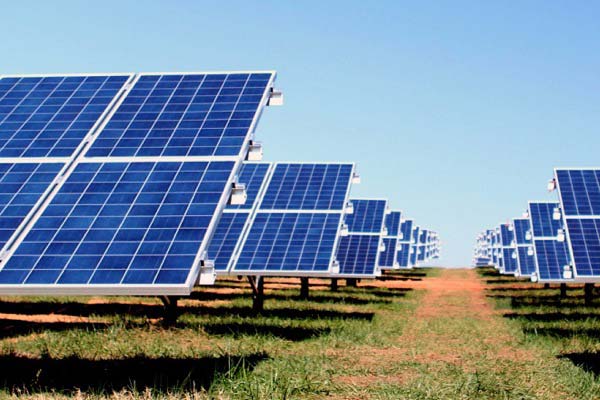August (2022) saw ratings giant Moody’s predict that the issue of green, social, sustainability, and sustainability linked (GSSS) bonds will reach $1 trillion in 2022. Bloomberg Intelligence has predicted that global ESG assets are on track to exceed $53 trillion by 2025, representing more than a third of all assets under management. When a third of the world’s investments are ESG, or Environmental, Social, and Governance, that is no longer a trend but a definitive transformation.
Solar
Solar is massively appealing as a net zero product, one which generates low carbon power. According to the International Energy Agency’s (IEA’s) recent report on supply chains, domestically produced solar modules, including polysilicon, ingots, wafers, cells, and module assembly, need to operate for just three to five months before they have generated enough clean power to cover their manufacturing-related emissions. They are now also lower in price than most alternatives.
Some have expressed concern that solar prices will continue to rise, with 2021 seeing the reversal of a decade-long downward trend. Much of that was due to the increasing cost of polysilicon, the supply chain is getting tighter due to the shortage of polysilicon, glass, and certain metals for solar, but this is mostly artificial, with the US and India using tariffs to keep Chinese-made solar out of their markets. And it will go away by the end of 2024, as more polysilicon factories come online.”
Offering a low carbon power generation solution at a low cost may make solar an obvious match for ESG funds. Increasingly, however, the sector is being asked how to address concerns about toxic pollution in production, resource management, slavery in the supply chain, and more.
New opportunities
There are huge opportunities for the solar sector. The demand and scale required in the sector are immense, with expectations that it will provide over 16% of global electricity by 2050. That means demand for chemical elements such as gallium and indium, and metals like silver and copper. Reliance on products, such as aluminium, that are carbon intensive in manufacture, further means other sectors must decarbonize to lower emissions for solar. All of this will drive demand for new materials and new technologies, as well as innovative ways of using solar.
In terms of increasing land use challenges, new approaches are already in play which is driving market growth and can be used to argue ESG benefit. The EU has projected that 25% of the region’s electricity needs could be met through rooftop solar alone. Floating PV (FPV) symbiotically combines power generation with shade for bodies of water, limiting evaporation.
Meanwhile, bifacial modules are helping drive Agri-PV, adding biodiversity and nature protection benefits through the shade, cutting water use, as well as protecting crops and livestock from inclement weather.
Recycling is also going to play an important role in meeting demand. Both economic and environmental benefits can be attained from recycling by increasing the security of the supply of raw materials, and by preventing materials within solar panels that hold economic value, like copper and silver, from ending up in landfills. Reusing old materials will eventually lower the demand for new materials as well.
Worldwide, the recycling of materials is low. This is compounded by a lack of financial incentives to activate recycling measures. Yet a supportive regulatory framework could transform this, allowing the solar sector to make the most efficient and effective use of depleting resources.
A huge opportunity
The rise of ESG has made us even more aware of the need to pay attention to our supply chain and operational impacts.
Working closely with suppliers to make sure they meet the high standards for sustainability, and constantly looking for ways to reduce environmental impact. Action on some of the solar sector’s challenges is already taking place, opening new opportunities for the sector, and its supply chain, to grow.
There are inevitably going to be trade-offs for ESG and sustainability investors in terms of balancing supply chain concerns with the emissions reduction solar offers. To make such trade-offs there needs to be a far greater understanding of, and transparency around, what is going on across the sector. That means traceability is going to be critical moving forward. This is an increasing demand across many sectors as buyers want to know what they are getting.
While there are ratings for the solar sector, there are also many challenges in the ESG landscape due to the number of different frameworks that are applicable and the lack of standardized reporting requirements.
As the EU sustainability framework comes into play, that single legislative framework will help cut through some of the noise. We are facing a massive change in supply and manufacturing, and the solar sector needs to start implementing ESG factors into the supply chain if it wants to be able to access the billions in available capital to fund that shift.



